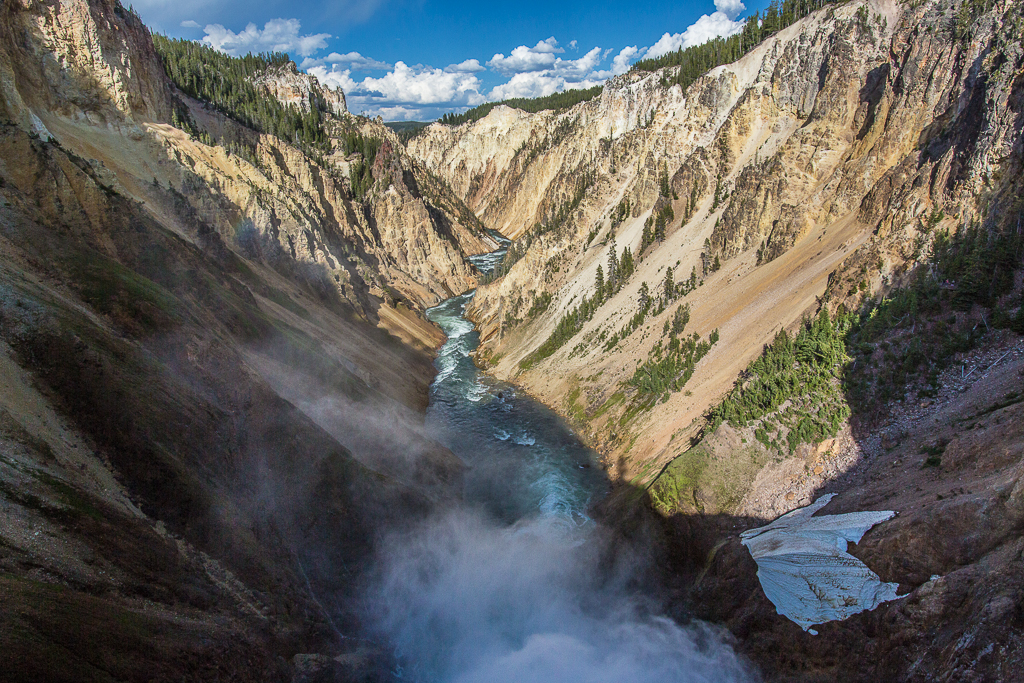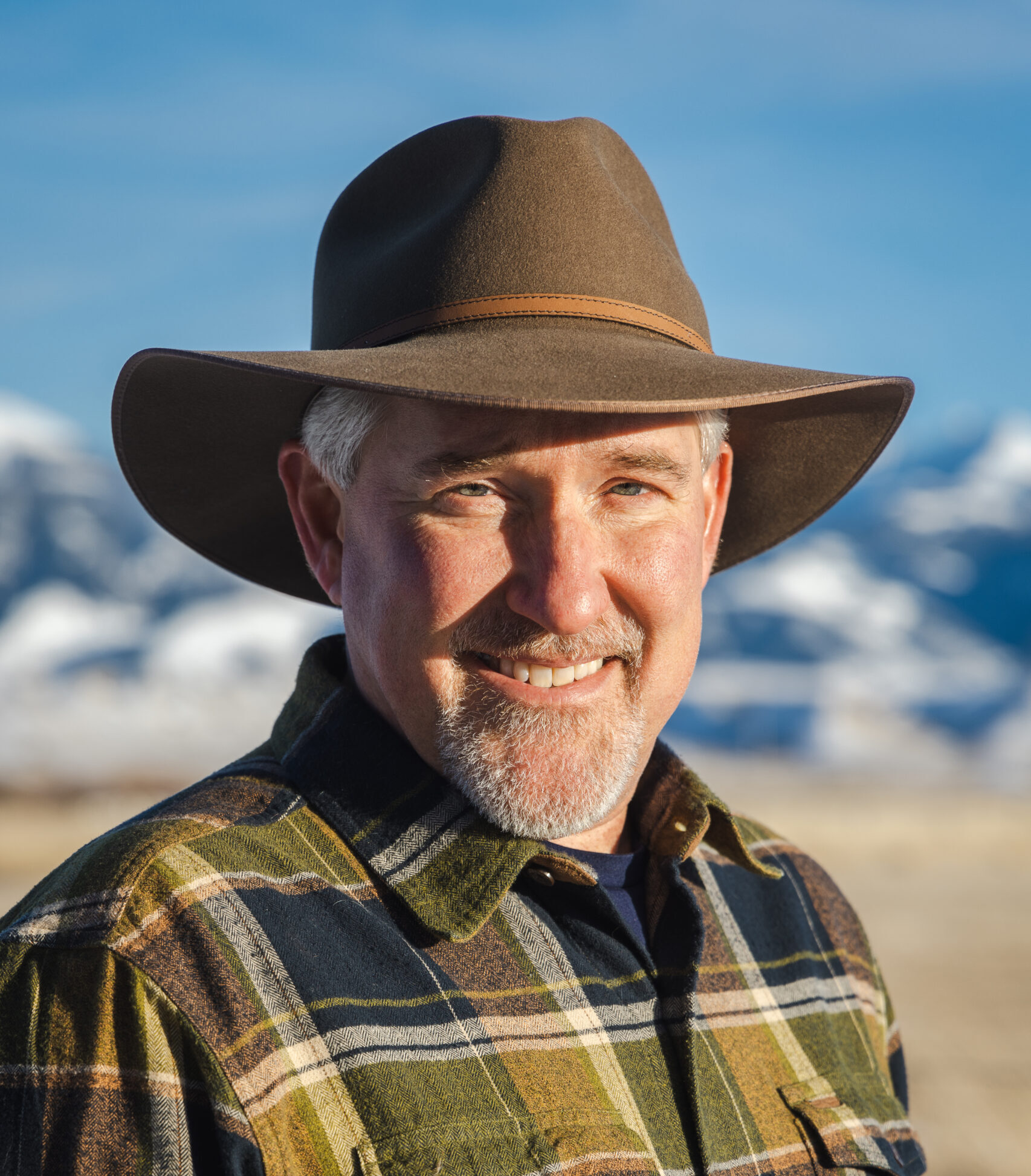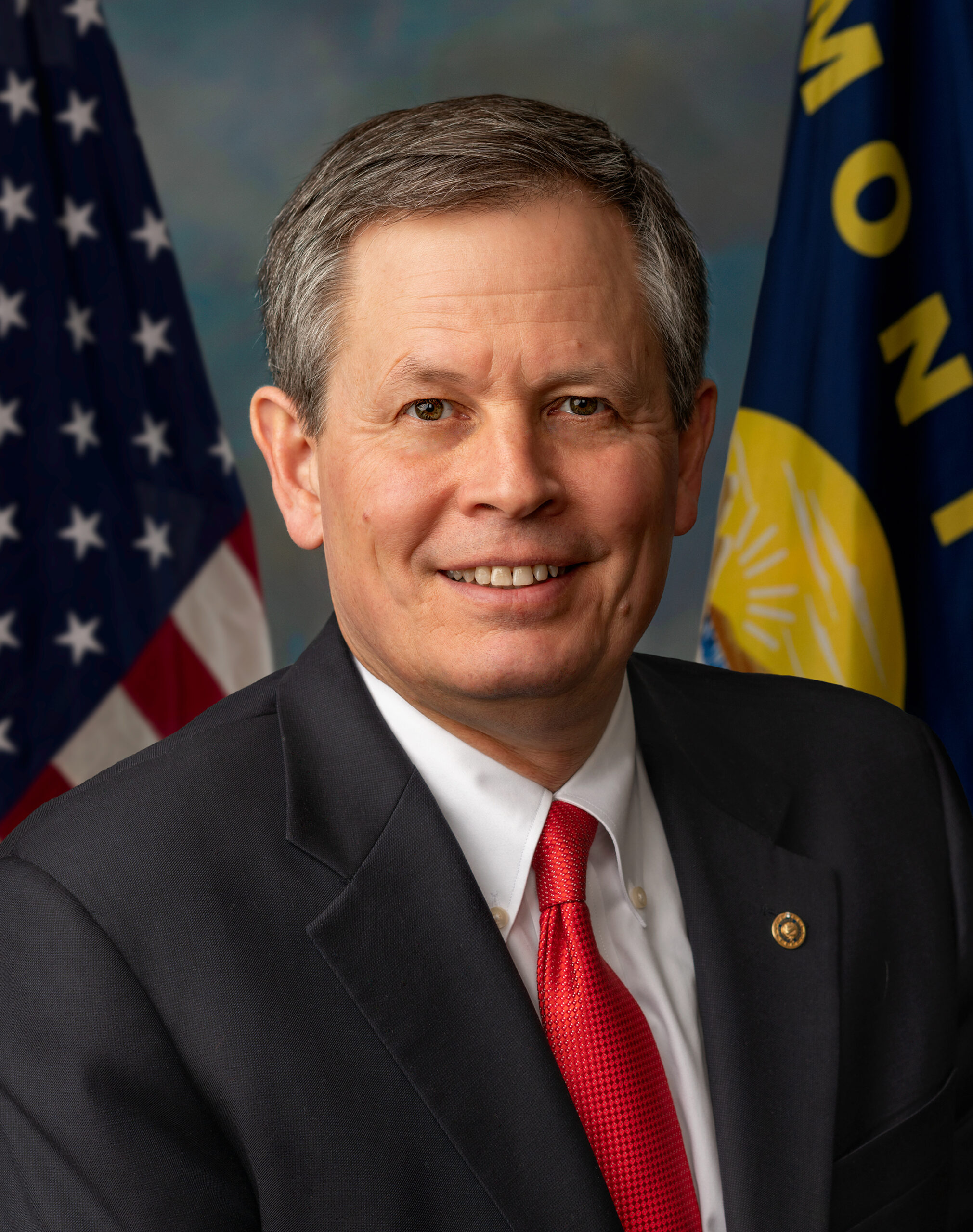This article was originally published in the Bozeman Daily Chronicle.
In March of 1872, a groundbreaking idea was born in the West. The world’s very first national park was established right in our backyard and became part of our Montana way of life. Its impact would forever change how we protect our most beautiful landscapes, not only across America but around the world.
As Yellowstone National Park commemorates its 150th anniversary this week it’s worth remembering what it took to establish this icon of conservation.
Yellowstone’s wonders have been attracting people for thousands of years. More than 27 tribal nations have ties to the park for hunting, fishing, quarrying obsidian, and using the thermal waters for spiritual and medicinal purposes. As fur traders, explorers, and gold miners headed West, legends of the geysers, wildlife, and mountains captured the imagination of those back east.
Jay Cooke of the Northern Pacific Railroad dreamed of expanding West. The railroad recognized the potential for tourism and backed expeditions to Yellowstone, pushing the public and Congress to support the creation of our first national park. Cooke went so far as to send painter Thomas Moran on the 1871 Hayden Expedition, hoping oil paintings depicting the splendor of Yellowstone would entice folks to visit Yellowstone via rail.
As Congress debated whether to establish a park “for the benefit and enjoyment of the people,” the sketches, photographs, and specimens from the expedition were displayed in the Capitol rotunda. Congressmen were astonished by the beauty of the West. The efforts were rewarded when President Grant signed the “Yellowstone National Park Protection Act.”
150 years later, Yellowstone continues to fascinate people from around the world. More than 4 million visitors, everyone from Montana families on a weekend hike to international tourists enjoying a once-in-a-lifetime trip, come to watch Old Faithful erupt, backpack through the mountains, see a grizzly bear, or cast a line for an elusive Yellowstone Cutthroat Trout. While the national park system has grown to 423 locations, Yellowstone remains the original crown jewel.
Today the park faces new challenges likely not envisioned by those early expeditions 150 years ago. After experiencing record crowds, the park has more than $580 million of overdue maintenance projects, wastewater systems, trails, employee housing, roads, and historic buildings that all need repair, including $7 million in boardwalk replacements to conserve America’s best geothermal features. A condition assessment underway now–the park’s first in 18 years–is likely to identify even more deferred maintenance needs.
The Legacy Restoration Fund created in the Great American Outdoors Act of 2020, championed and supported by the both of us, provides essential funding for deferred maintenance projects in parks including $50 million for West Thumb to Old Faithful Road repairs and $21 million for the rehabilitation of employee housing. This is a massive down payment on the debt of backlog our parks face, but the challenge of ensuring routine maintenance needs and upkeep are completed continues, particularly as the pandemic drives even more Americans to rediscover the outdoors.
The park has a footprint that extends far beyond its boundaries. Gateway communities are also feeling the mounting pressures of park visitation on housing, infrastructure, and employees. The new “Gateway Community and Recreation Enhancement Act,” introduced by Daines and Senator King, seeks to address these concerns and support gateway communities while conserving parks. Yellowstone’s iconic migrating wildlife herds graze on private lands, with a real impact to ranchers bordering the park. Collaborative solutions like PERC’s innovative elk occupancy agreement are an important tool for their survival.
It will take more than oil paintings to address the challenges of the next 150 years. As we celebrate the world’s first national park, let’s all commit to pursuing commonsense solutions that will conserve Yellowstone as a stalwart of environmental stewardship and outdoor recreation for all.





